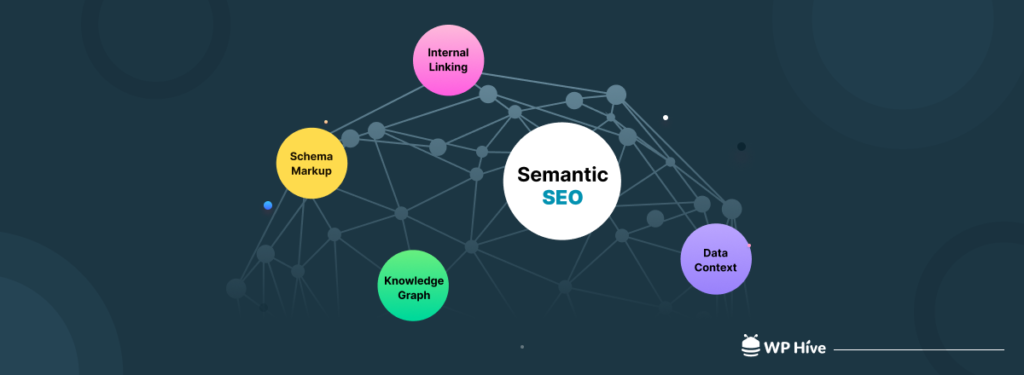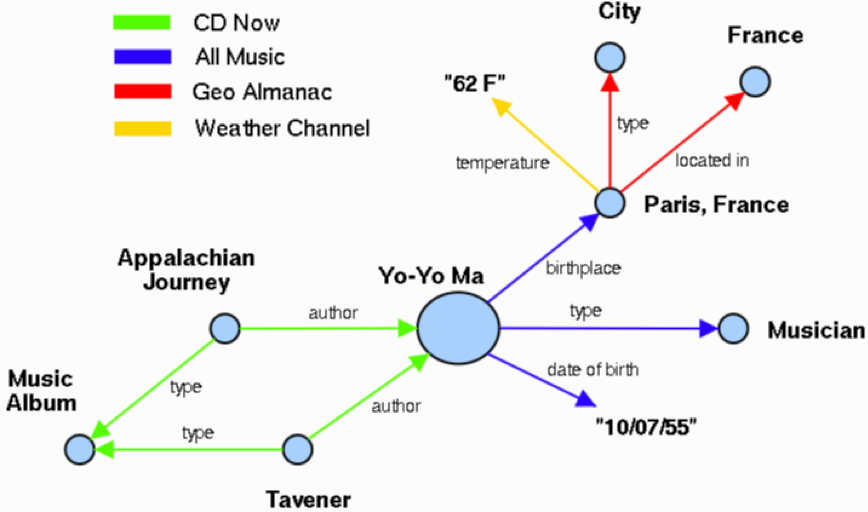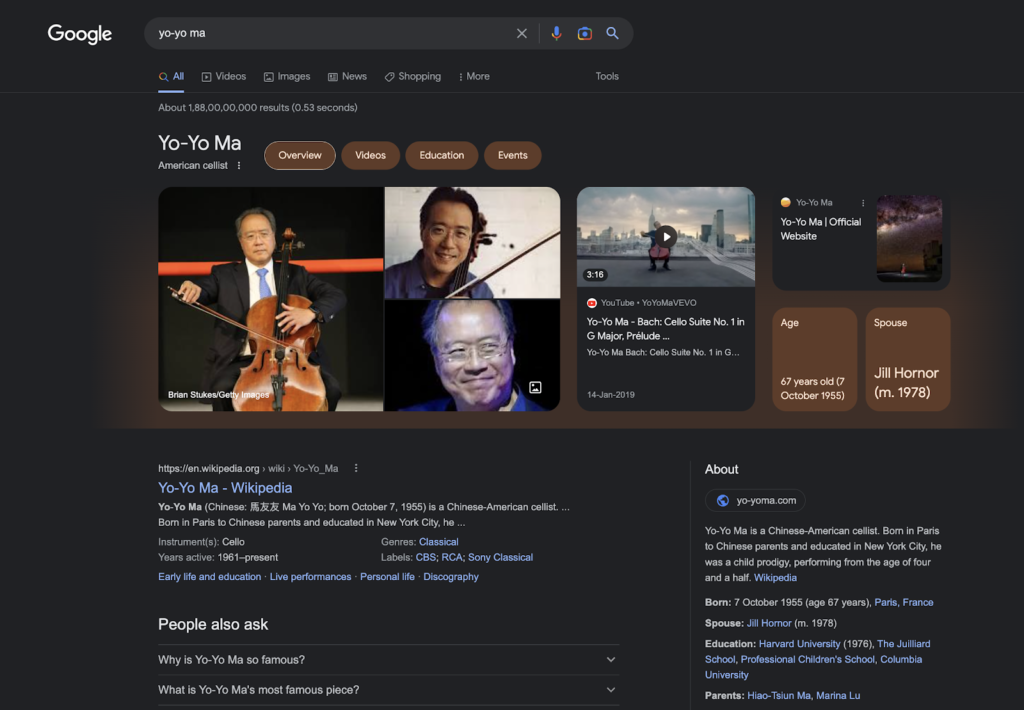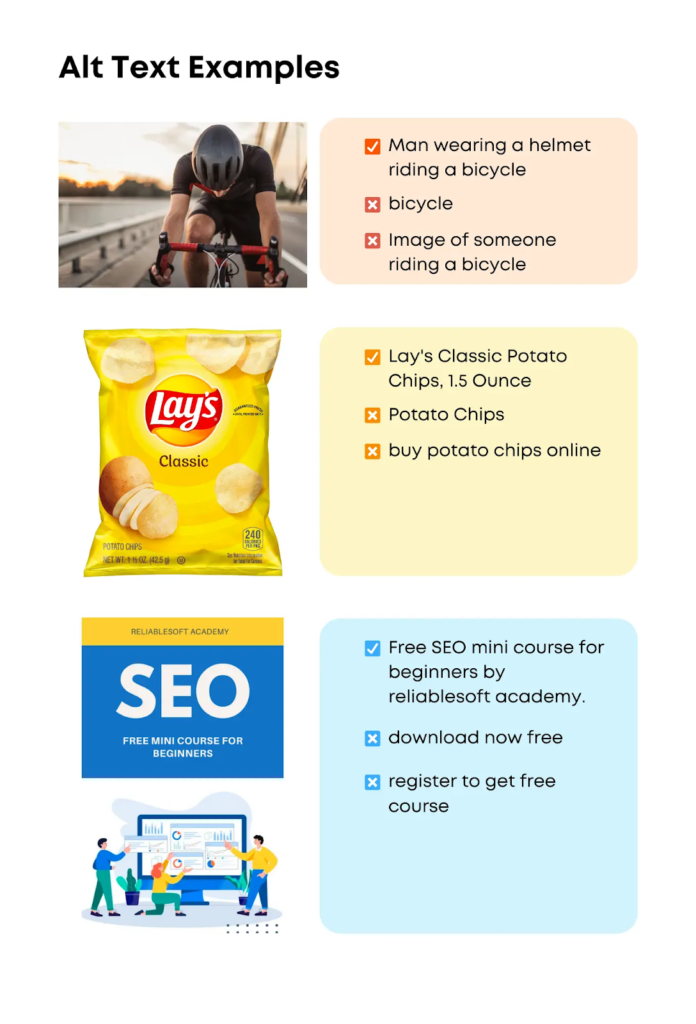
Google’s algorithms have progressed in extremely mind-boggling ways in the past few years, which is why we’ve seen so many search ranking updates being rolled out. But have you ever wondered why or how your Google search query shows relevant and accurate information?
Over time, search engines are getting better at understanding search queries based not just on keywords but also on various factors like on-page SEO, local SEO, off-page SEO, organic SEO, and other best practices. Of these, semantic SEO is the prime focus and is touted as the next evolutionary step for SEO.

The reason? Semantic SEO helps the search engine algorithm not just understand search terms but also crack the semantics or context of the search term.
Do you want to learn how Google Semantic search works and the semantic SEO optimizations you need for your website to stay relevant in this changing era? Let’s find out!
What is Semantic SEO?
Semantic SEO is a type of search engine optimization (SEO) process that focuses on the meaning of the content on a webpage rather than just the keywords. It involves using related words and phrases and structuring the content to help search engines understand the context and meaning of the information on the page.
Let us look at an example of semantic keywords as explained in a paper on Semantic Search by Ramanathan Guha, RobMcCool, and Eric Miller.
Consider someone searching for information on Yo-Yo Ma, a famous American cellist.
Here, the algorithm has to figure out that
- This search term is related to a person
- The person has created music that is available on popular platforms
- The person features in other relevant and related terms

Seems too complicated for a machine to do all this on its own, right? Semantic SEO analysis has changed that. By developing models and relationships for popular search terms, semantic analysis helps search engines provide contextual, accurate, and relevant results, improving the search experience vastly.

Semantic SEO aims to improve the accuracy and relevance of search results and provide a better user experience for people searching the web. By understanding the context and meaning of the website content, search engines can provide more relevant and helpful results for users. This can help improve a webpage’s visibility and ranking in search results and ensures that search engines can provide better results for voice search users.
How to Optimize a Page For Semantic SEO?
Optimizing a page for semantic SEO involves several different tactics and SEO practices. Here are some steps we’ve outlined to improve the semantic SEO of your page:
1. Use related words and phrases.
In addition to your primary keyword, include related words and phrases throughout your content. This helps search engines understand the context and meaning of your content and can improve its relevance for related searches.
2. Use structured data.
Structured data is a way of formatting your content to make it easier for search engines to understand and classify. This can include schema markup, which helps search engines understand the purpose and content of different elements on your page.

3. Use keyword-optimized headings and subheadings.
Headings and subheadings help break up your content and make it easier to read. They also give search engines additional context about the content on your page. Use headings and subheadings to summarize and organize your content, and include related keywords where appropriate.
4. Use descriptive alt text for images.
Alt text is the text that appears when an image can’t be displayed. It’s important to include descriptive alt text for images, as this helps search engines understand the content of your photos and can improve their relevance for related searches.

5. Answer the questions people are asking.
The key to getting your content picked by search engines is to answer the common questions people ask about a particular keyword. For example, in the previous example, you will notice the “People also ask” section, which has the most asked questions about Yo-Yo Ma. If your content answers these specific questions, then voila! You have made it to the top page on the search engine ranking page (SERP).
6. Create high-quality, useful content.
At the core of semantic SEO is the idea of creating content that is useful, informative, and valuable for users. By creating high-quality content that meets the needs and interests of your target audience, you can improve the visibility and ranking of your page in search results.
7. Use semantic SEO tools to your advantage.
Several semantic SEO tools beyond Google Semantic Search can help you optimize your website content for search engines. Some common types of semantic SEO tools include:
- Keyword research tools help you identify relevant and related keywords to include in your content. Some popular keyword research tools include Google Keyword Planner, Ahrefs, and Semrush.
- Content optimization tools help you analyze and optimize your content for specific keywords and phrases. Some popular content optimization tools include Yoast SEO and Surfer SEO.
- Structured data testing tools help you ensure that your structured data is formatted correctly and can be understood by search engines. Some popular structured data testing tools include Google’s Structured Data Testing Tool and the Structured Data Linter.
- Alt text optimization tools help you optimize the alt text for your images to ensure that they are descriptive and relevant to the content of the picture. Some popular alt text optimization tools include Squirrly SEO and SEOSiteCheckup.
To use these tools to optimize your website content, you can follow these steps:
- Use keyword research tools to identify relevant and related semantic keywords to include in your content.
- Use content optimization tools to analyze your content for specific keywords and phrases and make any necessary changes to optimize your content for those keywords.
- Use structured data testing tools to ensure that your structured data is formatted correctly and can be understood by search engines.
- Use alt text optimization tools to optimize the alt text for your images to ensure that they are descriptive and relevant to the content of the picture.
By following these best practices, you can optimize your page for semantic SEO and improve its visibility and ranking in search results.

Wrapping Up
Creating content and optimizing it for search engines is a never-ending process and cannot be done with minor one-time fixes. Since algorithms update to better contextual and syntactic understanding periodically, even existing website content can get affected.
To be mindful of semantic SEO and future updates, the key is to create helpful, valuable content that provides exactly what your target audience is looking for. After all, SEO updates and strategies ensure the right content or results are presented to the searcher. So quality content will always stay in style and will continue to be all about creating value for your audience.
FAQs
1. Use related words and phrases.
2. Use keyword-optimized headings and subheadings.
3. Use descriptive alt text for images.
4. Answer the questions people are asking.
5. Create high-quality, helpful content.
6. Use semantic SEO tools to your advantage.
Semantic SEO principles are guidelines for optimizing content for search engines in a way that helps them understand the meaning and context of the content.
1. On-page optimization
2. Off-page optimization
3. Technical SEO
4. Local SEO
5. Semantic SEO
Latest Blogs
Explore how Google’s 2025 AI search updates triggered ranking chaos. Learn actionable strategies to adapt your SEO for AI Overviews, zero-click searches, and SERP volatility. Stay ahead now.
Learn how to rank on AI search engines like ChatGPT, Perplexity, and Gemini by optimizing your content for authority, structure, and relevance. Stay ahead in AI-driven search with this strategic guide.
Explore the best healthcare SEO services for your medical practice. Improve online visibility and effectively reach more patients in need of your services.
Get your hands on the latest news!
Similar Posts

Content Analytics
8 mins read
Google I/O 2025: AI Search Shake-Up & Ranking Volatility

SEO
5 mins read
Top 10 Agencies for Banking and Financial SEO Services Industry

SEO
4 mins read